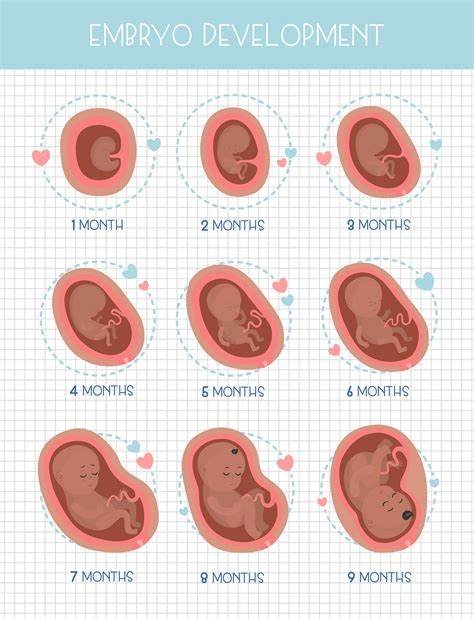
The Role of Fiber in Diabetes Control
Fiber is a key component of a healthy diet, and for people with diabetes, it plays an especially important role in managing blood sugar levels and improving overall health. Dietary fiber is a type of carbohydrate that the body cannot digest. Unlike other carbs, fiber does not raise blood sugar levels, and it offers several benefits that can help individuals with diabetes better manage their condition. In this article, we’ll explore how fiber affects blood sugar, the different types of fiber, its benefits for diabetes control, and practical tips for incorporating more fiber into your diet.

What is Fiber?
Fiber is the indigestible part of plant foods that passes through the digestive system relatively intact. There are two main types of fiber, each offering distinct health benefits:
1.1 Soluble Fiber
Soluble fiber dissolves in water to form a gel-like substance. It is found in foods such as:
- Oats
- Beans and legumes
- Apples and citrus fruits
- Carrots
- Psyllium
This type of fiber helps lower blood cholesterol levels and regulates blood sugar by slowing the absorption of glucose into the bloodstream after meals.
1.2 Insoluble Fiber
Insoluble fiber does not dissolve in water. It adds bulk to the stool and helps food move more efficiently through the digestive system. Foods rich in insoluble fiber include:
- Whole grains
- Nuts and seeds
- Cauliflower
- Potatoes
- Dark leafy greens
Insoluble fiber helps prevent constipation and supports gut health, though its role in blood sugar control is less direct than that of soluble fiber.
How Fiber Helps Control Blood Sugar Levels
For people with diabetes, blood sugar control is crucial to prevent complications. Fiber can aid in managing blood glucose levels in several ways:
2.1 Slows Down Sugar Absorption
Fiber, especially soluble fiber, slows the digestion and absorption of sugars and carbohydrates. This can help prevent sharp spikes in blood sugar levels after eating, promoting more stable glucose levels throughout the day.
When fiber is consumed, it forms a gel-like substance in the stomach that delays the passage of food into the small intestine, where sugar is absorbed. This slower digestion helps reduce post-meal blood sugar levels and improves overall glucose control.
2.2 Reduces Insulin Resistance
In people with type 2 diabetes, the body’s cells become resistant to insulin, making it harder to manage blood sugar levels. Studies suggest that a diet high in fiber can improve insulin sensitivity, meaning the body’s cells become more responsive to insulin, leading to better glucose control.
2.3 Improves Gut Health
A healthy gut plays a significant role in regulating blood sugar levels. High-fiber diets promote the growth of beneficial gut bacteria, which can enhance insulin sensitivity and help manage blood sugar levels. Additionally, fiber supports overall digestive health by promoting regular bowel movements and preventing constipation, which is common in people with diabetes.
Benefits of Fiber for People with Diabetes
Incorporating fiber-rich foods into your diet can have several benefits for individuals with diabetes:
3.1 Blood Sugar Regulation
Fiber helps to stabilize blood sugar by slowing the rate at which sugar enters the bloodstream. This can reduce the frequency and intensity of blood sugar spikes after meals, which is essential for better diabetes management.
3.2 Weight Management
Fiber helps with satiety, or the feeling of fullness, by absorbing water and expanding in the stomach. This can help reduce overall calorie intake and prevent overeating. For people with diabetes, maintaining a healthy weight is crucial for managing insulin sensitivity and blood glucose levels.
3.3 Lowering Cholesterol
Soluble fiber helps lower LDL (“bad”) cholesterol levels by binding to cholesterol molecules in the intestines and removing them from the body. Reducing cholesterol levels can help decrease the risk of heart disease, which is a common complication of diabetes.
3.4 Better Gut Health
As mentioned earlier, fiber promotes the growth of healthy gut bacteria, which can improve digestion and prevent problems like bloating or constipation. A healthy gut microbiome may also contribute to improved metabolic health and insulin resistance.
Conclusion
Fiber is a crucial nutrient for managing diabetes and supporting overall health. It helps stabilize blood sugar levels, reduce insulin resistance, support weight management, and improve gut health. By focusing on fiber-rich foods such as vegetables, fruits, whole grains, legumes, and nuts, individuals with diabetes can better manage their condition and lower the risk of complications.
Remember to consult with your healthcare provider or a dietitian when making significant changes to your diet, especially if you’re looking to use fiber as a tool for managing blood sugar levels.







